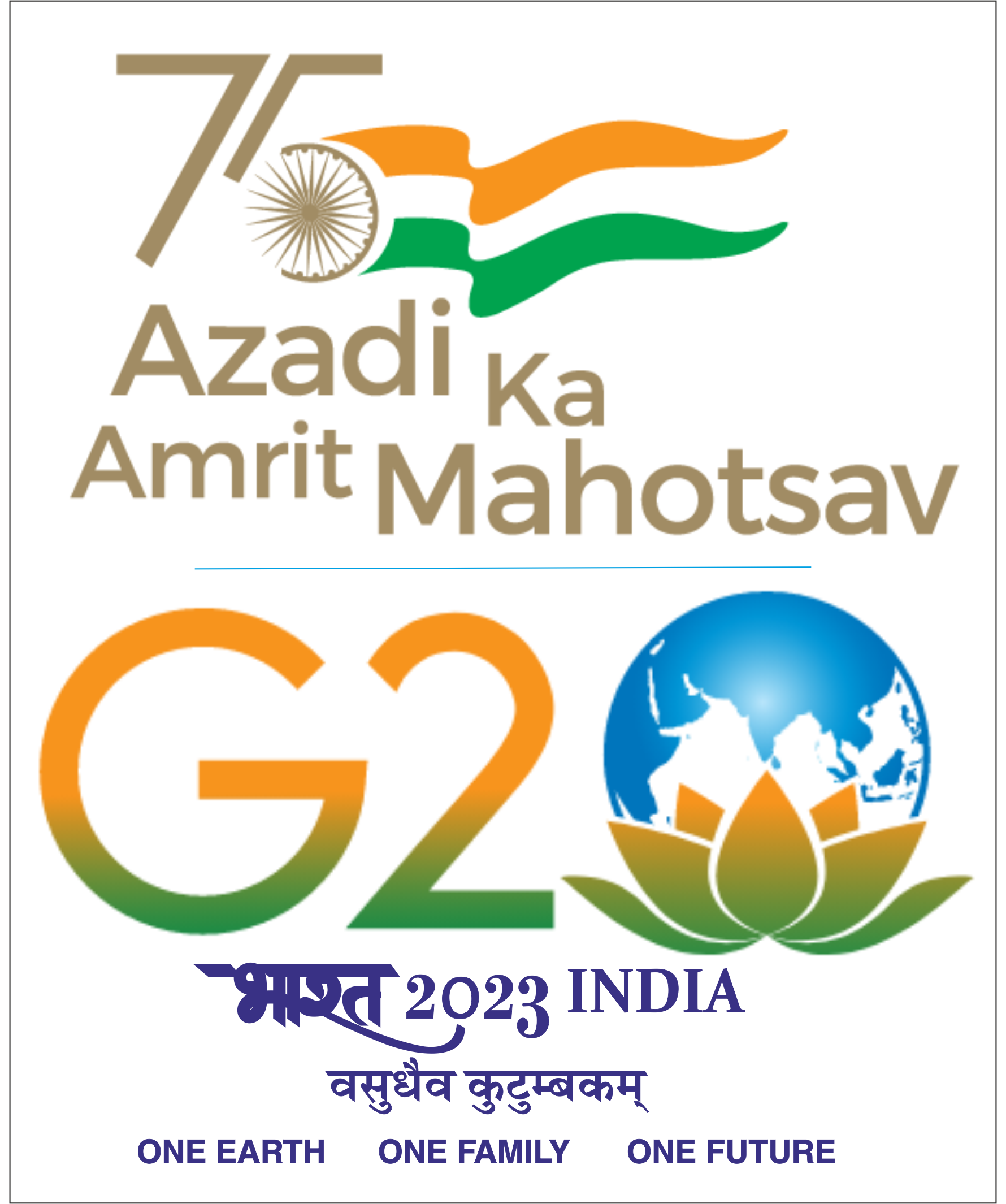Date: 18 February 2025, Thursday
Time: 1000 - 1130 hrs.
Venue: CTARA Conference Room No.1Topic: Infrastructuring of an urban space: Material transformations and aesthetics around a lake’s watershed in Mumbai
Guide: Prof. Pankaj Sekhsaria RPC Members: Prof. N C Narayanan, Prof. Himanshu Burte
Abstract:
In this research, I study the complexities of urban expansion and transformations around Powai Lake’s watershed in Mumbai. Central to my inquiry is the concept of cosmopolitics, the ontological politics among different realities and how specific realities are created and maintained. My conceptual framework draws on Science and Technology Studies (STS), particularly the concepts of infrastructuring and infrastructural work through which I look at material transformations on Powai Lake’s watershed and the aesthetics of these transformations. The framing of this research around a watershed centres the hydrological flows and relations in the analysis. I trace the infrastructuring of Powai Lake’s watershed to the mid-nineteenth century when the water scarcity in Mumbai led to the creation of Vihar, Tulsi, and Powai lakes in remote villages. The creation of these lakes was consequent to the technological recommendation of creating gravitational piped water supply systems during the British Sanitary Movement. However, after their creation, the largely political infrastructural work of ensuring a sharp human-nature divide was critical to shaping these lakes and their catchments. This infrastructural work led to a remaking of the watersheds of Vihar and Tulsi lakes and, by extension, Powai Lake and its surroundings as representing pristine beauty. Simultaneously, the infrastructural work around Powai Lake transformed the lake’s watershed into an upmarket urban space by facilitating specific land use changes. These land-use changes aspire and promise to bring together the pristine nature of Powai Lake and its surroundings with their modern, world-class urban amenities and luxury. Attention to this infrastructuring also reveals an ontological conflict wherein some realities of the watershed, like those of its Adivasi residents, are pushed to the margins. However, the watershed is simultaneously infrastructured through the politics around changed hydrological flows associated with urban expansion and transformations. This politics around increased sewage, wastewater, and silt flows from the catchment into Powai Lake infrastructures the watershed in ambiguous ways in relation to the diverse realities. My inquiry into the infrastructuring of Powai Lake’s watershed reveals that this urban space is emergent with an uncertain future requiring constant infrastructural work to sustain specific configurations. The recognition of specific watershed configurations as temporary before they change into something else opens up opportunities to infrastructure it into an environmentally sustainable and socially equitable configuration.





